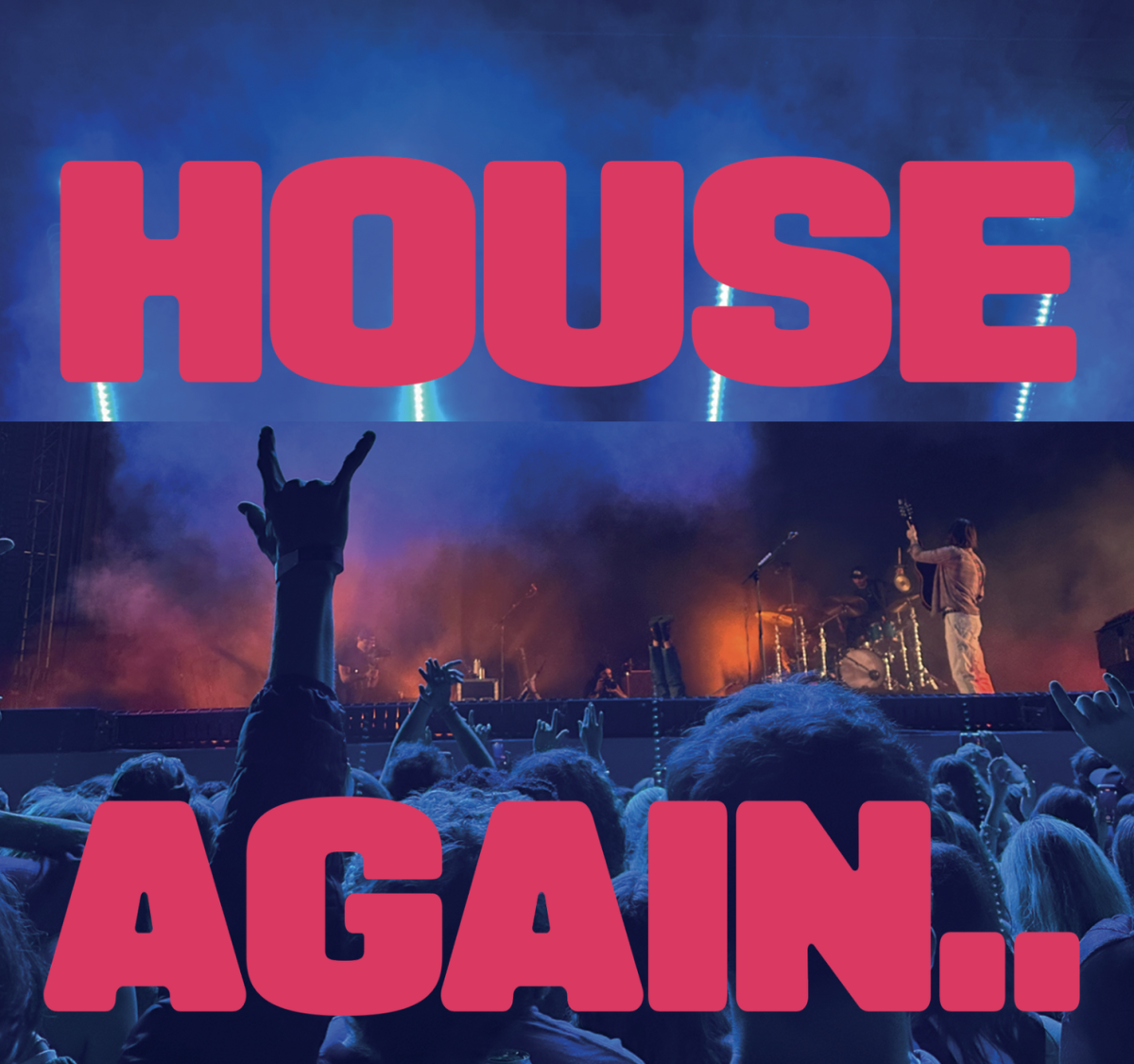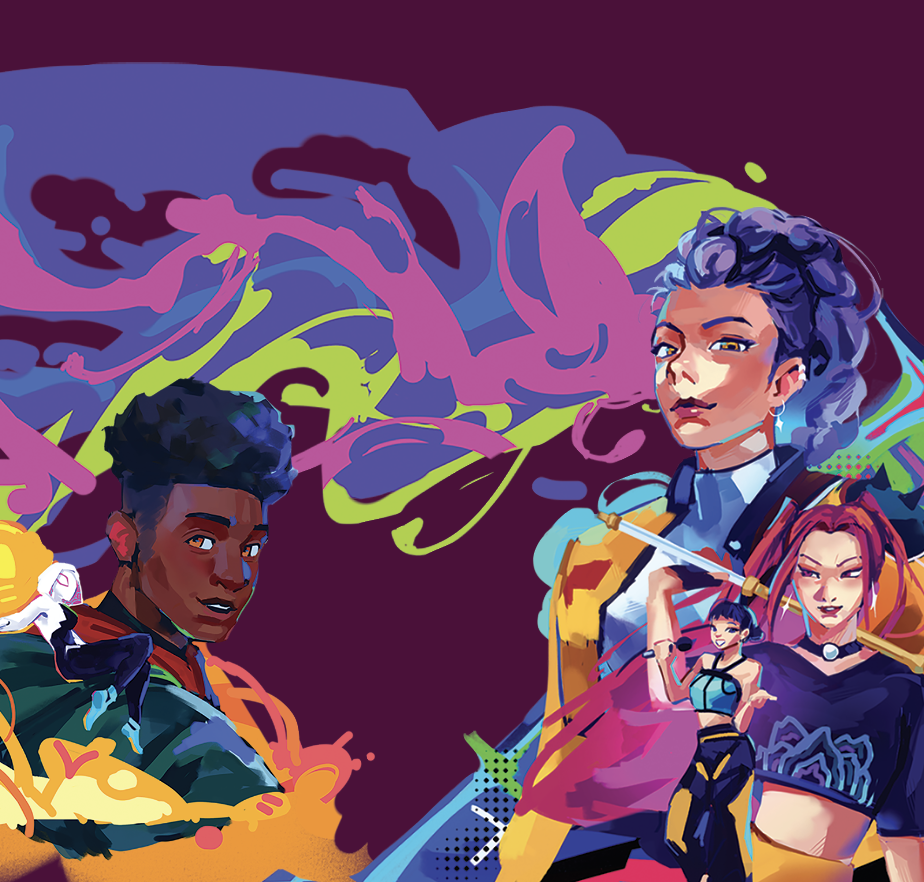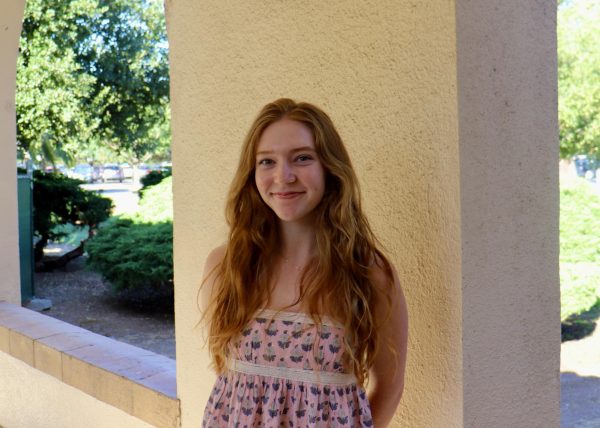Since “Cinderella” and “King John,” directed by Georges Méliès in 1899, book-to-film adaptations have overwhelmed the film industry. The familiar content of the public’s favorite tales projected onto the screen capture nostalgia like few other things.
Film adaptations offer a fresh view of familiar stories, putting pictures to words and giving consumers a visual way to experience old tales. Stanford Adaptation Studies professor, Adam Tobin, attributes the different experiences of reading and watching a movie to their respective mediums.
“In writing, the words themselves are fixed, but your visual imagination is up to you,” Tobin said. “In cinema, the images are fixed, and how you might articulate that in words is up to you. In written work, they give you the inner thoughts, in cinema, we read them the way we read people’s behavior every day.”
There are endless ways to present a story in the film medium, but an adaptation is further fueled by a guarantee of viewership from an existing fanbase.
“[Factors that influence adaptations include] a professional and commercial factor and a creative factor,” Tobin said. “Generally, it will appeal to a certain audience because it has name recognition and an audience built in.”
The print industry has seen a decrease in audience, and Alanna Williamson, Paly Composition of Literature and Visual Media teacher, attributes this to the various technological advancements in film production and entertainment apps.
“As an author, you have to keep [your viewers’] attention because people have so many options for entertainment,” Williamson said. “I do think that it’s maybe harder to be a writer in some ways now, and I could imagine that it’s harder to make money as an author now too, because the book market is so saturated. We all have a billion other things to do to entertain us.”
Despite the decline in book audiences, films can bring attention to specific authors and shine a spotlight on their books. Film adaptations bring attention to many of the novels they adapt from, often being the catalyst for the resurgence of an author or emergence of another. When Williamson watches the film adaptations of books, she is often inspired to read the books themselves.
“I never read the Percy Jackson series,” Williamson said. “It’s a little bit younger than when I was growing up. I just watched the series and really, really loved it. [I realized], ‘Maybe I’ll read these over the summer, they seem kind of fun.’”
Authors often see interest in adapting their work as a rewarding experience. The author of “Ashlords” and the “Nyxia” series, Scott Reintgen, considers book adaptations to be an honor for many authors.
“For me, [getting a film adaptation] is 90% excitement and validation, and 10% trepidation,” Reintgen said. “Of course it’s a little frightening to hand someone else your work for interpretation, but at the end of the day, nearly every author has this as a big, bucket-list item.”
Beyond the thrill of seeing one’s book become translated into another medium, there are several benefits in terms of financial gain and increased popularity in film deals that are enticing to many authors. “If a movie studio ponies up a large amount of money to take my idea and do whatever they want with it, it’s hard to pass that up,” Reintgen said. “If I were situated the way an author like Stephen King is, however, I think I’d be more willing to say no to things. Most mid-list authors just aren’t in that position. An adaptation is too career-altering to pass up for those concerns.”
In watching an adaptation, one sees a final product that has gone through multiple stages, starting well before script writing. For a project to take flight, the author has to sign a book contract so that film producers can develop their work.
“I’ve sold TV rights for ‘Nyxia’ a few times,” Reintgen said. “That process is pretty simple: someone buys the rights and they have about one year to option that story. In the case of big-name authors, I’d imagine they’re permitted to be much more involved. In most cases, however, there’s this sense of the author needing to step back and give up control and let the people who do movies do their thing.”
Numerous adaptations have faced criticism for shifting away from the original book’s casting and plot expectations. Tobin argues that in these instances, it is crucial to recognize that compromises are essential.
“To some extent, by adapting it [a book] to a different medium, there’s no way you can reproduce it absolutely faithfully,” Tobin said. “Most people try to find a certain spirit of the [book], try to find what’s interesting about it and try to recreate that in this new medium. Every adaptation is almost like saying, ‘I’ve read this thing [book], this is my take on it and instead of writing a review, I’ll write another creative thing about it.’”
Viewers’ opinions and thoughts about a TV series reach others quickly, but there is less public knowledge about the process within the writers’ room. Dawn Prestwich, an executive producer and Primetime Emmy nominee, discusses the process of bringing a TV series into fruition.
“You do the initial script that is called the pilot,” Prestwich said. “And for the pilot you take that and use it as sort of a template for what the whole series is going to look like. So we’ll write it, we create the show and then we sit in a room with a bunch of writers and we’d determine what all the episodes are. When it’s time to make the episodes, we location scout and hire the director. A lot of times we hire the production designer and creative people who help bring our vision to life.”
The collaborative process between executive producers and directors fosters a creative and strategic environment for presenting stories onscreen.
“We’re called the showrunners, the executive producers,” Prestwich said. “Our process is to sit down with them [directors] and talk about what we want the show to be, what the tone of the show is, what we want the audience to feel. We give them [directors] ideas of other television shows or movies that we want it to be like, feel like or look like, and talk through each scene of the script that he or she is working on… Directors come to us with ideas that elevate our vision, that make us see things that never occurred to us.”
Through this long process, that involves many different people, there is the possibility of stripping important moments from an original storyline. Paly sophomore Kensie Pao, a self-proclaimed bookworm, believes that there is an ideal balance between similarity to the novel and straying away from it.
“Not changing characters, personalities and their dialogue is important,” Pao said. “I really thought that the Harry Potter movies were done really well, although they did leave out some characters and got some details wrong. I finished the first book of Harry Potter and then I watched the movie. I continued reading the fourth book and all the characters in my mind, in my imagination, looked like the ones I saw on screen and they talked like them as well.”
Many books delve into characters’ thoughts, providing readers with deeper insights into their motives and actions. Prestwich suggests that books primarily centered on internal dialogue are simply less suitable for adaptations.
“The problem is that a lot of times there are things that work on the page in a book that don’t work as well on the screen, or it’s harder to make it work,” Prestwich said. “When you watch television, you expect a certain level of reality, it needs to feel real, grounded and authentic. There are other books that live very much in a character’s head and you will be reading a book and enjoy every minute of it, but the problem is there’s very little story happening on screen and that makes it difficult to find ways to dramatize what’s going on inside the character. Those are books that are very not adaptable.”
Books that are difficult to express without characters’ internal monologues are less likely to be made into a TV series. However, Williamson notes that now, many book fans have taken to producing adaptations of their favorite stories themselves.
“There is a big evolvement of people [who] were fans of books taking ownership of them,” Williamson said. “Nowadays, a book will be on someone’s best books list, like Reese Witherspoon’s list or Oprah’s list. Reese is a producer, so she is very heavy on reading and then choosing ones that she thinks would be good movie adaptations and then producing them.”
A great emphasis is placed on the performance of the actors. Betsy Franco, a screenwriter and one of the few authors whose works are included in the American Library Association Best Books for Young Adults, notes that quality acting allows viewers to connect with characters on a deeper level.
“When I’ve written screenplays and I’m on set, the actors bring their own interpretation, they bring their own personality, and they enrich the characters like crazy,” Franco said. “I learn more about my characters from the actors’ [performance].”
Lin similarly asserts that a satisfactory book adaptation should either faithfully adhere to the book’s plot or take a completely divergent path.
“I think a successful book to movie adaptation means the movie is significantly different from the book so that it feels like its own movie, it fits people’s views of the book or it provides a new spin on the book that people wouldn’t have thought of before,” Lin said.
Although compromises need to be made, no established formula ensures that audiences will prefer unexpected plot changes. Williamson believes that changes in the portrayal of characters contribute to adaptations’ shortcomings by altering the personalities that readers know and love.
“I remember distinctly after watching ‘Harry Potter and the Goblet of Fire’ they had rewritten something about one of the characters so drastically that it completely shifted how the character was presented in the movie,” Williamson said. “I left that theater in middle school and I was like, ‘I’m writing Warner Brothers a letter. I’m so mad.’ I really did. I wrote them a letter, being like, ‘You ruined it. This is terrible.’ I was so angry.”
The frustrations of the viewers bring about a prevalent issue from behind the scenes – ensuring that the film’s length is sufficient to include a substantial amount of content from that book.
“The hardest thing is scope and the amount of storytelling time you have in the movie, and whether you decide to focus it down to one experience in the movie, or whether you try to make it a franchise or a series,” Tobin said.
The difficulties of finding the proper scope for making movie adaptations is one of the array of problems that filmmakers and producers face during the adaptation process.
Film producers must balance different demands through a professional lens, while satisfying the fanbase.
“You have to play a pro and con game of do you keep things that the fans really love and are attached to, but maybe is not super crucial to the plot and character development, or do you just focus on what we need to make sure that the messages are clear, and the character development is there, ” Williamson said.
Documentary dramas take on a new challenge. When creating them, TV writers must incorporate credible information.
“Right now we are facing a challenging situation, because we are doing an adaptation of a nonfiction book,” Prestwich said. “It’s based on a book by an LA Times journalist, and it’s about people who are alive today. One person is a pretty evil person who has a young female victim. We are showing her world and how her parents are desperately trying to pull her out of it. It’s a battle for her soul and for her life. We have to be careful about making sure that what we are saying is true.”
In films, the producers must be aware of the information they disclose about real people.
“We have to be careful that there are people who we don’t have the rights to, and so we have to be careful when we write about them,” Prestwich said. “If we use them in our story, we can’t defame them.”
Not only are documentary dramas difficult to craft as an adaptation, but many other dense stories are difficult to craft into a film adaptation when under a relatively short time constraint, an aspect of most films that directors must oblige to. Over the last decade, book adaptations have begun to stray away from feature films to pursue a more elongated, detailed storyline for audiences which allows for more room to tell a story.
“The biggest evolution is that books are more and more being adapted into television series, or at least television limited series, and for a long time, to make a book into a movie, you really had to decide what to leave out,” Tobin said. “This idea of doing it as an [elongated] TV mini series allows for more elements.”
The increase in included elements in any given adaptation is often seen as a large positive aspect for fans of the original source material. Getting the best possible version of a novel that someone enjoyed on the screen is a gratifying experience like few others.
“A really good adaptation completely changes the story for me—it really makes it so that I can envision characters like the author imagined, which sometimes makes the story make so much more sense and connect on a much deeper level,” Carbone said. “It brings the story to life and offers a space for more people to enjoy a piece of media that was already very loved by all.”










